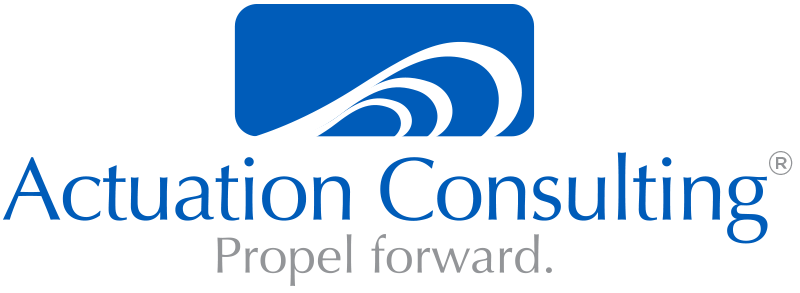When you are ready to move from strategizing to executing a plan, the first step is to understand expectations. If your organization has recently moved from a start-up to a more established business, you’ll need to review your processes. Some may have become obsolete. Now your company not only needs to attract new clients, but also support its growing base of established customers. Now, not only are departmental responsibilities important, but you also need a clear plan for transitioning projects between functions. When there are inefficiencies within internal processes and hand-offs, problems often arise with the customer. This can damage your company’s revenue stream. This is the point where implementing a product lifecycle management process adds value.
As product managers begin to take control of product development, it’s important to understand where your organization stands in the product lifecycle. This understanding will help you be more valuable and effective in your position.
What Is a Product Lifecycle?
Product lifecycle is a concept of how a product progresses through four stages of its lifespan: introduction, growth, maturity, and decline.
What Is Product Lifecycle Management?
PLM is a way to clarify and integrate cross-functional product activities. It deals with people, processes, and information. The concept of PLM originated in the complex automotive and aerospace industries. Later it spread to vast number of industries.
The idea behind PLM is to set up well understood cross-functional product practices across growing, increasingly complex organizations. These practices are designed to increase efficiency and reduce risk. The PLM will help those involved in your product’s lifecycle better understand the process. When you share the PLM framework with those who will be involved in the process, you communicate that others are counting on them to do their jobs well.
Phases of a Product Lifecycle Management Framework
There may be four stages in a product’s lifecycle, but there are seven or more phases to a company’s PLM framework. Take a look at the diagram below. Your first impression will probably be that the process appears linear. But things aren’t entirely as they first seem. Note that within several of the phases iterations are indicated. Therefore, the process doesn’t flow directly from the initial strategy and development through ultimate retirement of the product.

In my next post we will delve into the elements in this PLM Framework. You’ll soon see how it can support your product management process and make it flow more smoothly.
Advancing the Profession of Product Management™
website I consulting I training I toolkits I books I blog I twitter

